The first womb cave in Bulgaria was discovered by speleologist Mincho Gumarov in 2001. It has been studied by archaeologist Prof. Nikolay Ovcharov who dated it to the 11th-10th century BC, i.e. the time of the Thracians. The way the cave is shaped provoked the interest of experts, as well as amateur speleologists. But, as it turned out, this cave is far from unique – there are caves like it in 25 different places in Bulgaria, and there are even locations where there is more than one such cave, says Kostadin Dimov, who has been travelling around the country in search of womb caves since 2008 – together with another cave mystery enthusiast, Srebrin Srebrev.
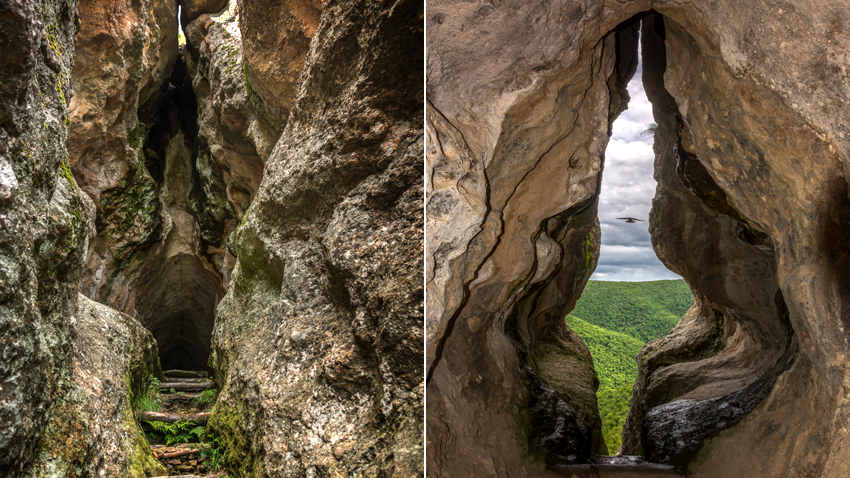
“The deepest such cave is at Tangarduk Kaya, near Nenkovo village in the vicinity of Kurdzhali, and it is actually known as “The Womb”. The highest cave is at Harman Kaya. There is also a three-segment cave – close to Tatul village, Momchilgrad municipality,” Dimov says and adds:
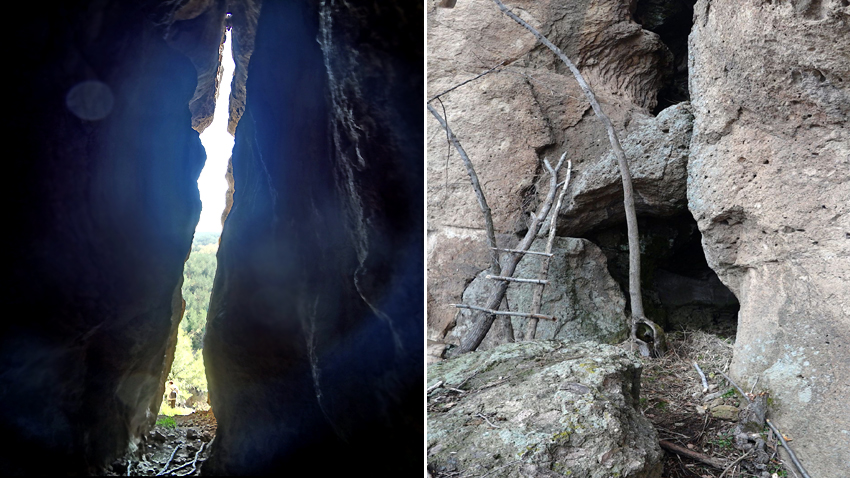
“These natural caves are called “wombs” because of their shape. There are caves like them in many places in the world, where there are four seasons. Caves like that are fashioned as the snow melts and the moisture seeps into the cracks. The water hollows out the cracks into drop-like shapes. The ancients used these caves as ritual temples.”
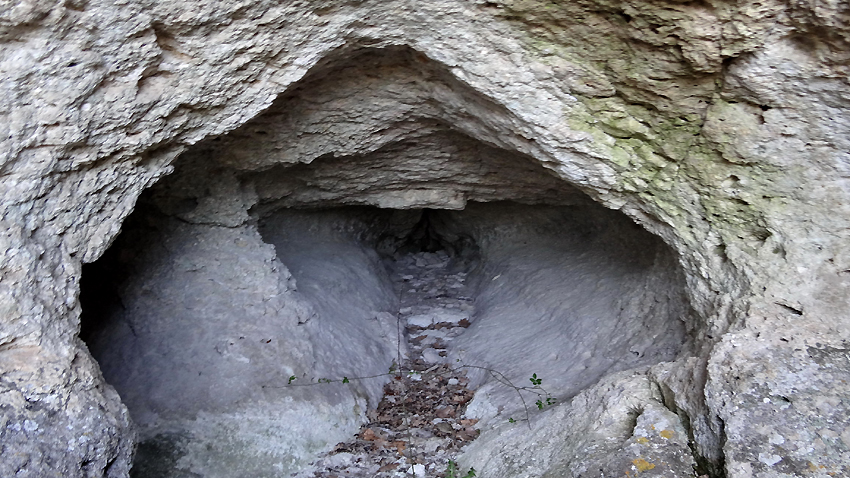
The oldest womb caves in the world used by humans are located close to Nice in France, where man-made figures have been found, which are around 25,000 years old and were offered as gifts to the Mother Goddess, says Kostadin Dimov:
“To begin with, because of their shape, these caves were used for the cult to the Goddess Mother. At a certain time in history, male cults took over on the territory of what is today Bulgaria, connected with the cult of the Sun. At that point, the womb caves started being used in the Sun cult. They were modelled additionally by humans to ensure that the Sun could penetrate into the cave’s interior. That is true of southern caves at Christmas time when the sun has reached its lowest point and is able to penetrate deeper.”
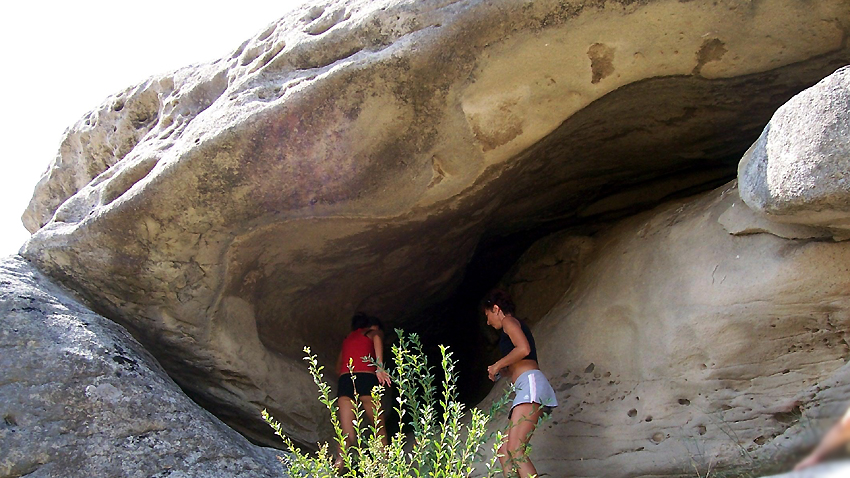
The cave modelling by the ancients, can best be seen in the cave at Tangarduk Kaya – humans made it several meters deeper, Dimov says. There are three different optical routes at the cave near Tatul village.
“There are three different moments in time when the sun penetrates deep into the bowels of the cave. It is, in fact, a complex astronomical piece of equipment,” says Kostadin Dimov and adds that it is obvious that it was used as a calendar – pointing to the time to sow the fields etc. But why is it that we found out about these caves at all so late?

“The fact that it is only now that people have started taking an interest in them is explained by how mysterious they are. There are no pictures or reliefs on their walls. They are ancient taboo sites. Rituals were performed here by a small circle of devotees that few were allowed to watch. There are many more secrets about these sites that are yet to be revealed. The openings of the womb caves are broader at their base, made to resemble a handle by human hand. Why this was done is something we cannot, as yet, explain. It makes them easier to enter and to sit down on – like sitting on two benches – but more difficult to walk. This means they played some different role we have not yet discovered.”
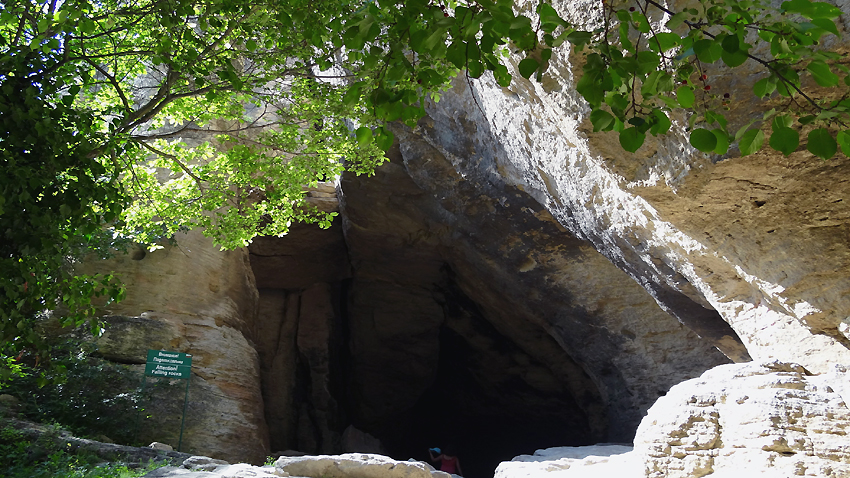
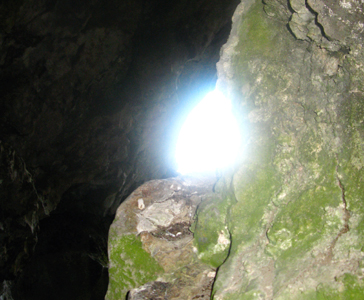 Kostadin Dimov explains that making optical routes for the sun to enter at a given time and at a given angle is not an easy task:
Kostadin Dimov explains that making optical routes for the sun to enter at a given time and at a given angle is not an easy task:
“Imagine the sun entering such a womb cave five days before Christmas, at noon, for about 10-15 minutes. You have to keep carving all the year round, and imagine where the sun would enter, and only if there are no clouds. This means that you can check whether you have been working in the right direction, using the imperfect tools of thousands of years ago. The womb caves are usually formed of really hard rock.”
English version: Milena Daynova
Photos courtesy of Vladimir Trenchev and Kostadin DimovThe old button lift in the village of Govedartsi , Samokov Municipality, which takes tourists to the peak of Malyovitsa in the Rila Mountains, is to be modernised as a four-seater chairlift with a capacity of 1,520 people per hour . A proposal has been..
Bulgaria is presenting its own stand at the autumn international tourism fair in Bucharest, which is taking place from 21 to 24 November . Visitors to the Bulgarian stand are taking souvenir photos against the backdrop of photo panels with beautiful..
A country at the centre of ancient civilisations, whose historic sites sit amongst world-ranked Black Sea coastlines and snow-capped World Cup ski resorts, Bulgaria packs a lot of tourism attractions into its compact 111,000 square kilometres. And it's..
The old button lift in the village of Govedartsi , Samokov Municipality, which takes tourists to the peak of Malyovitsa in the Rila Mountains, is to be..

+359 2 9336 661
